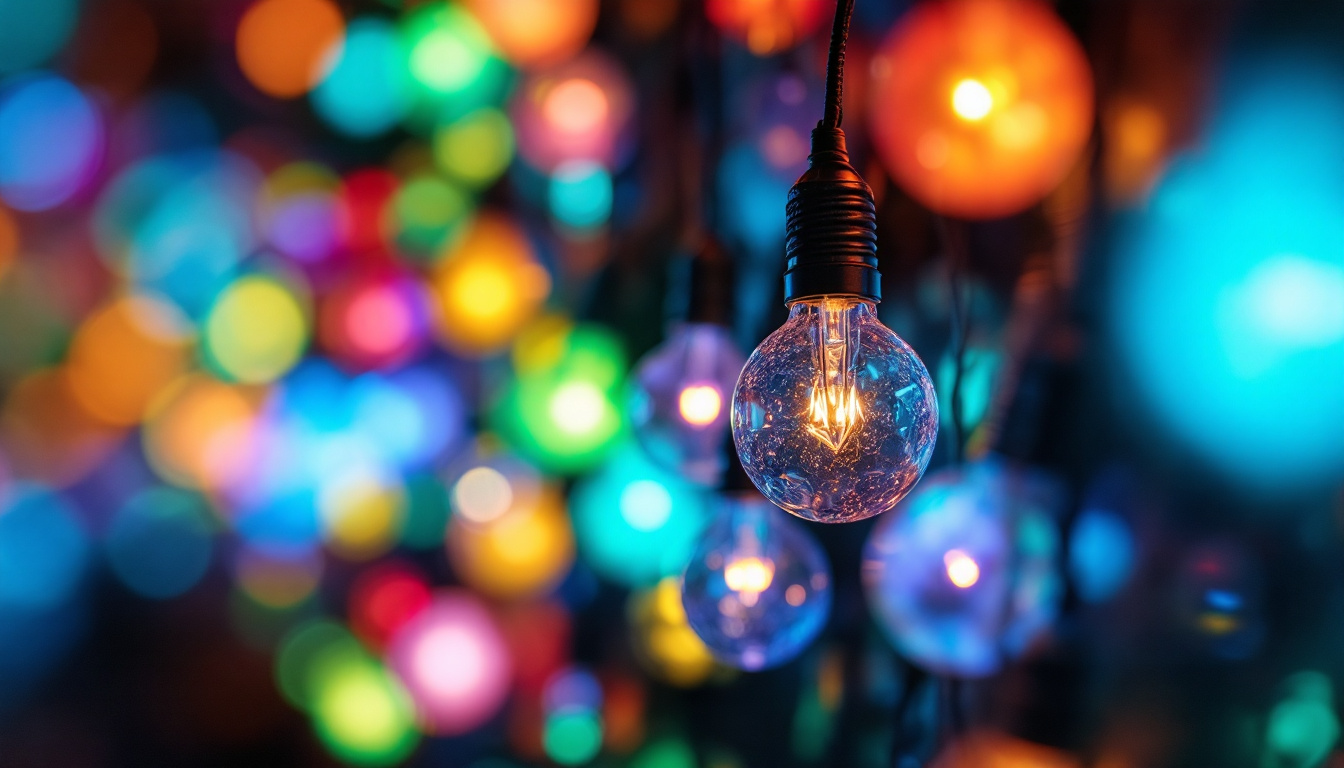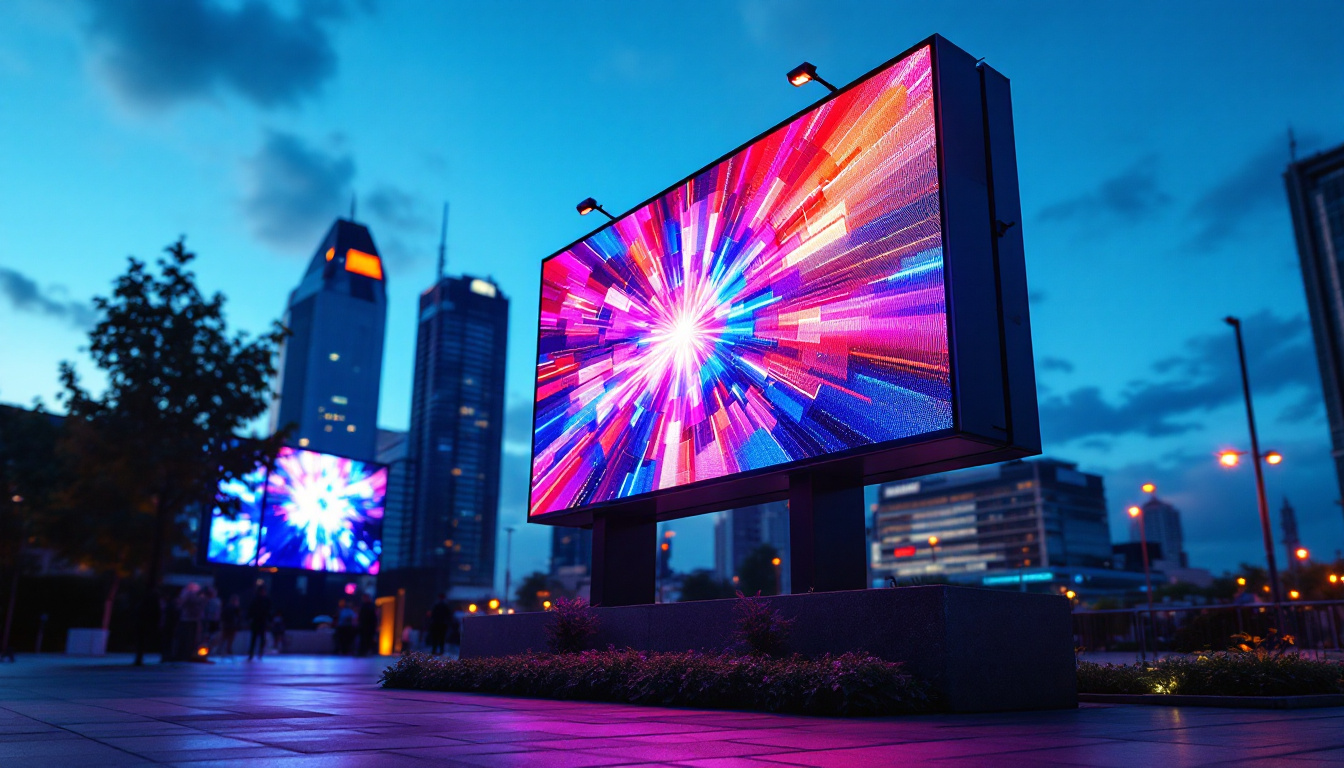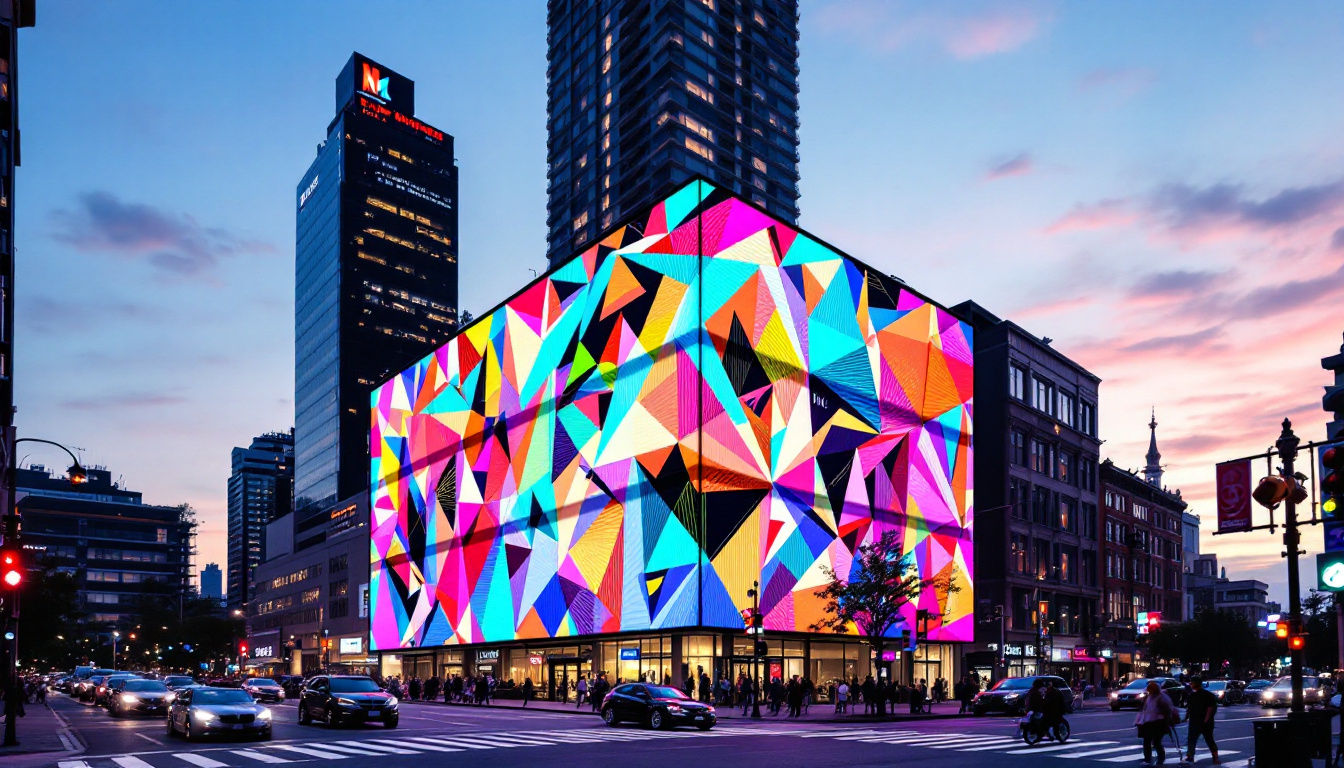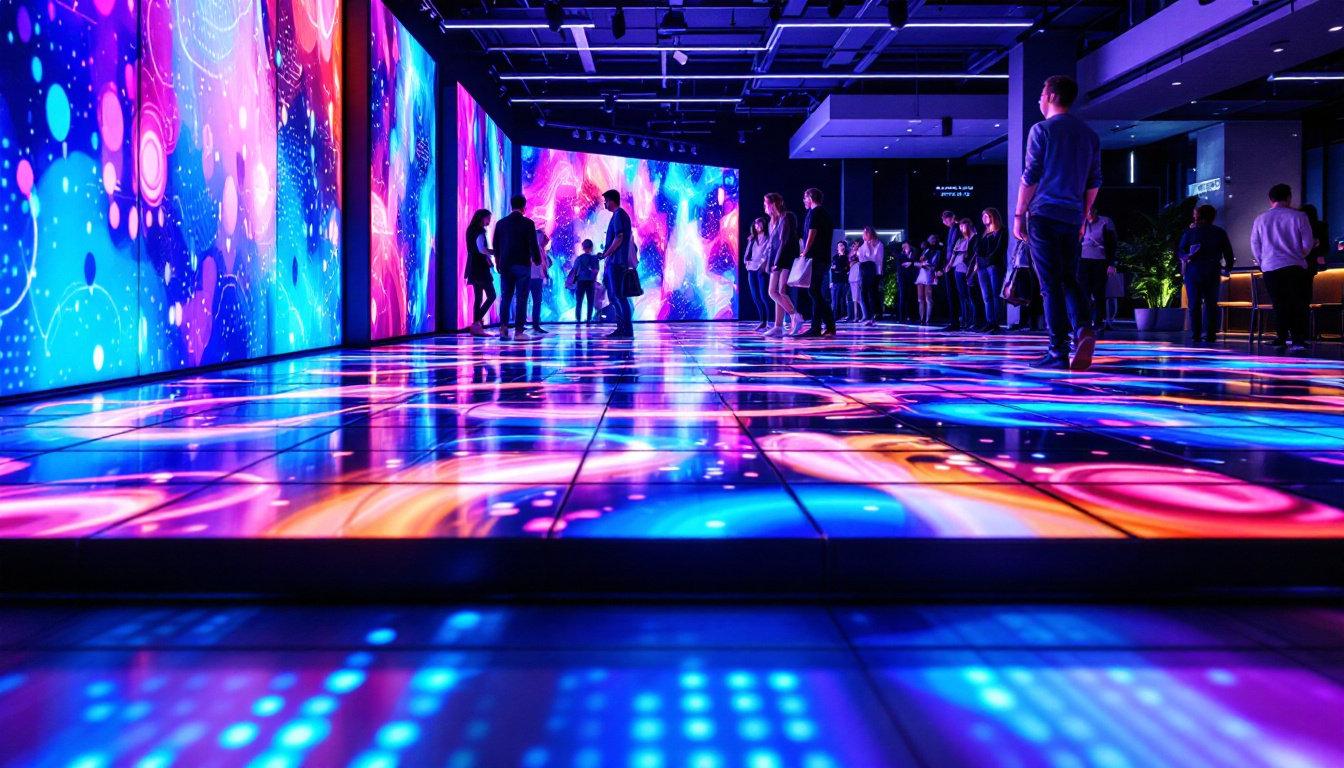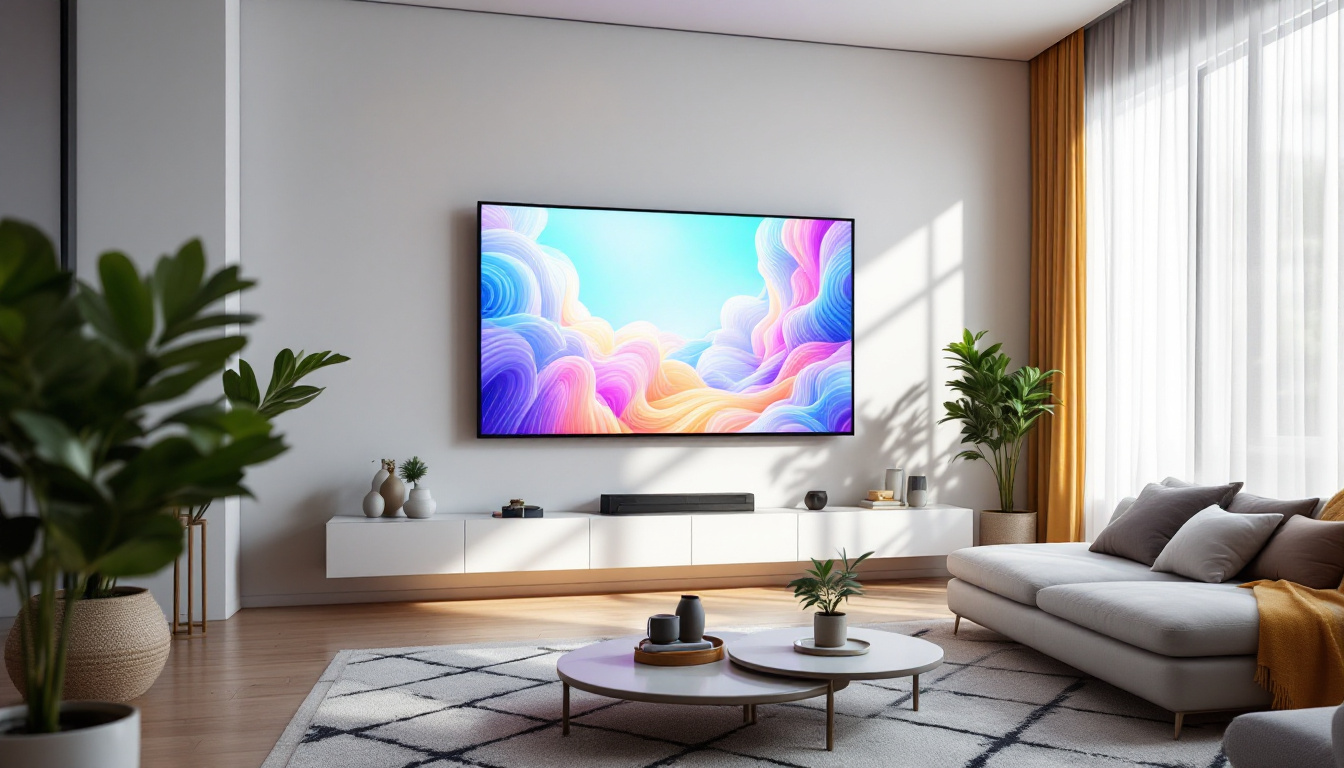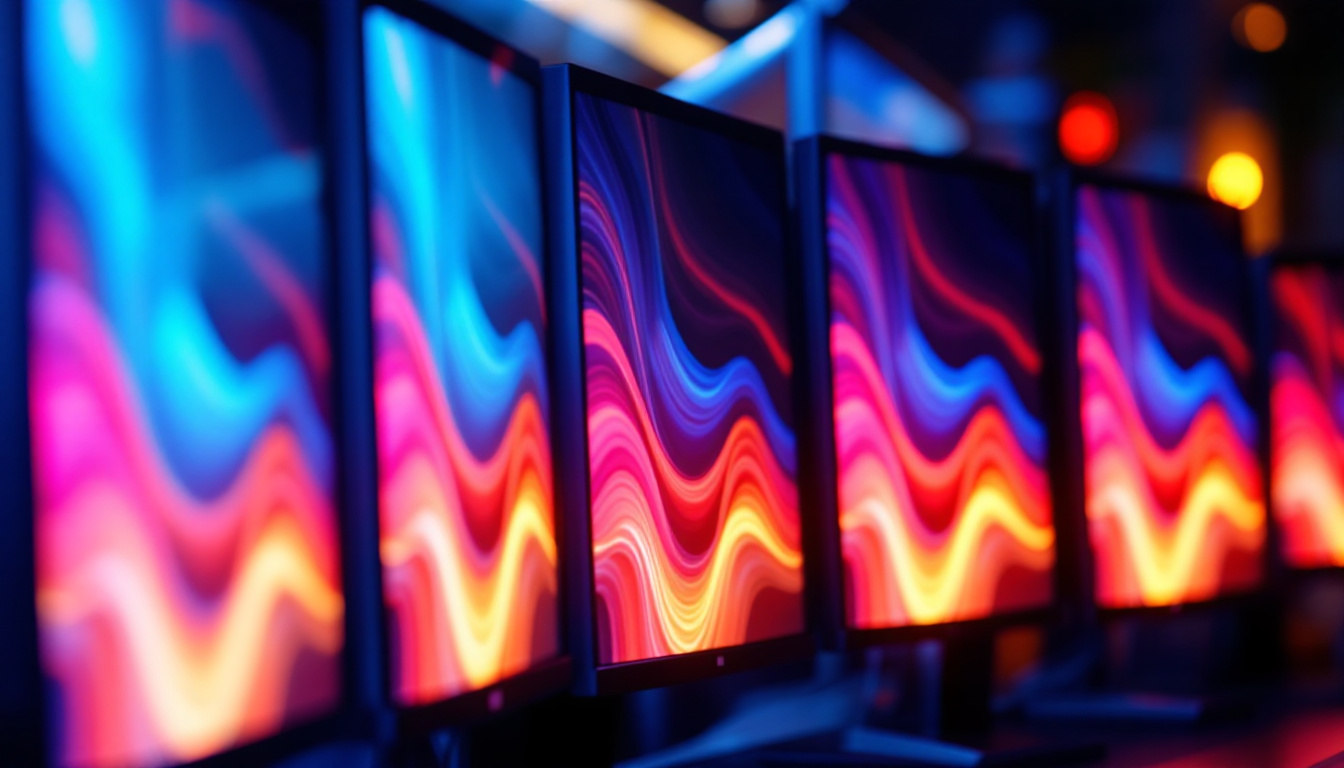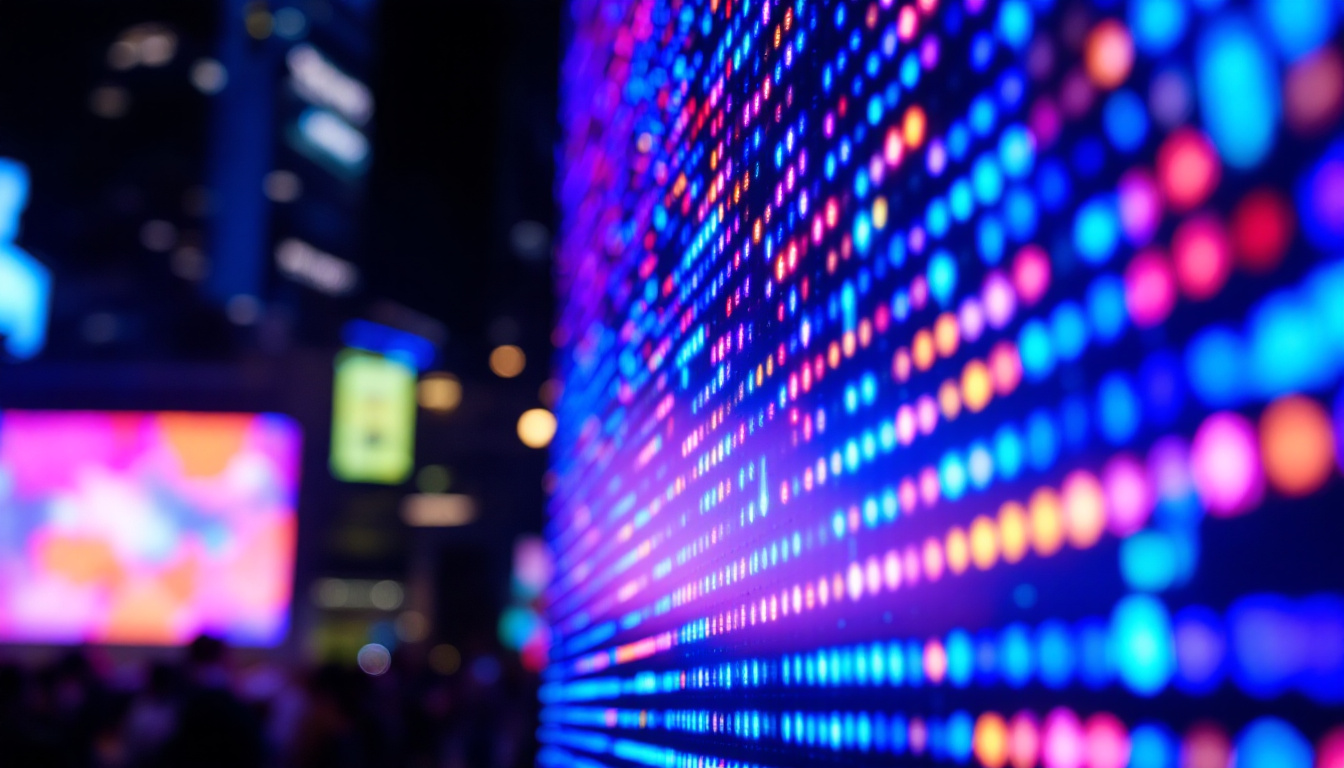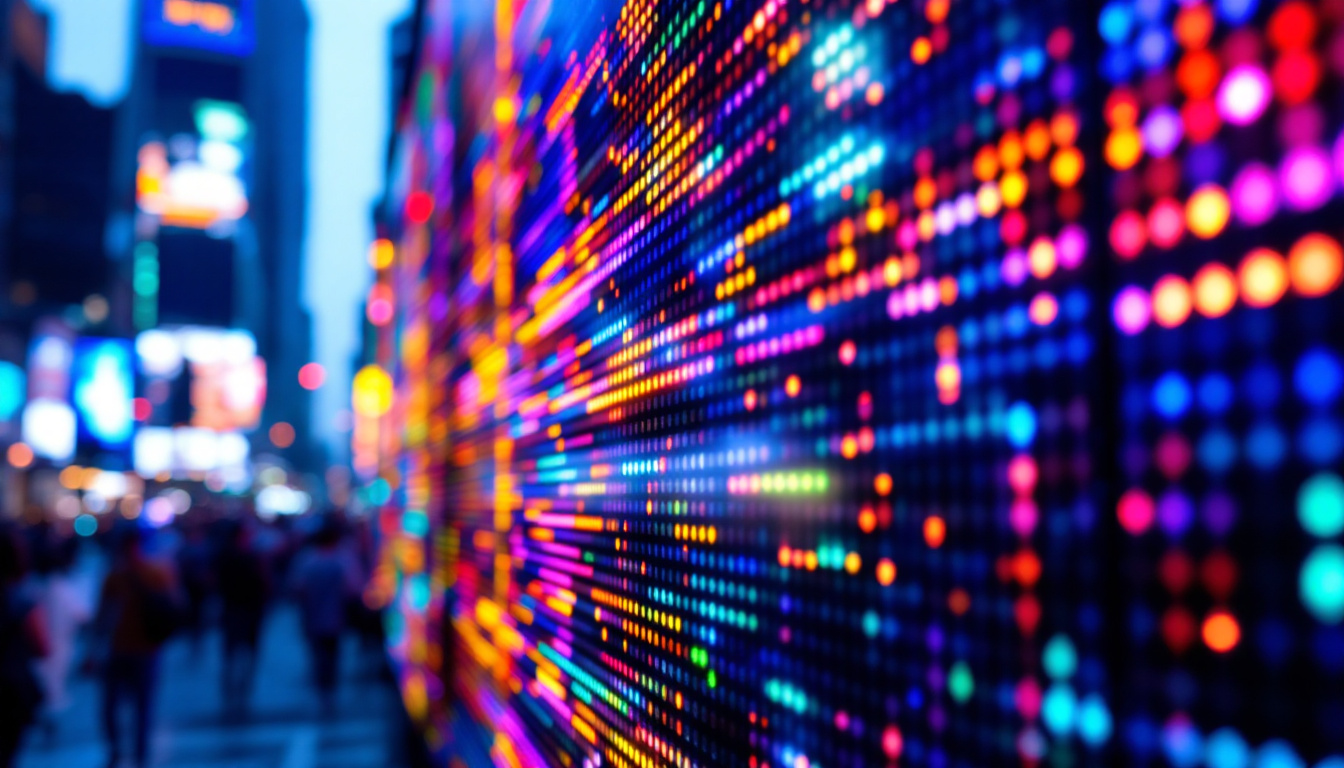In the world of modern lighting and display technology, LED (Light Emitting Diode) displays have become increasingly popular due to their efficiency, longevity, and versatility. Among the various components that make up LED displays, lamp beads play a critical role. This article delves into the intricacies of lamp beads, exploring their types, functionalities, and the impact they have on LED displays.
Understanding Lamp Beads
Lamp beads, often referred to as LED chips or diodes, are the fundamental building blocks of LED lighting and display systems. These small components are responsible for emitting light when an electric current passes through them. The technology behind lamp beads has evolved significantly over the years, leading to enhanced performance and energy efficiency.
What Are Lamp Beads?
At their core, lamp beads are semiconductor devices that convert electrical energy into light energy. When voltage is applied, electrons move through the semiconductor material, releasing energy in the form of photons, which we perceive as light. The color of the emitted light depends on the materials used in the semiconductor, enabling a wide range of colors and brightness levels.
Types of Lamp Beads
There are several types of lamp beads, each designed for specific applications. The most common types include:
- SMD (Surface Mount Device) Lamp Beads: These are widely used in LED displays due to their compact size and ease of installation. SMD lamp beads can be mounted directly onto circuit boards, making them ideal for high-density applications.
- COB (Chip on Board) Lamp Beads: COB technology allows multiple LED chips to be mounted closely together on a single substrate. This configuration enhances brightness and improves thermal management, making it suitable for high-performance lighting solutions.
- High-Power Lamp Beads: Designed for applications requiring intense illumination, high-power lamp beads can emit significant amounts of light while maintaining efficiency. They are commonly used in outdoor lighting and large display screens.
How Lamp Beads Work
The operation of lamp beads is based on the principles of electroluminescence. When a voltage is applied, electrons recombine with holes in the semiconductor material, releasing energy in the form of light. The efficiency of this process is influenced by several factors, including the quality of the semiconductor material, the design of the lamp bead, and the operating conditions.
One of the key advantages of lamp beads is their ability to produce light with minimal heat generation. Unlike traditional incandescent bulbs, which waste a significant portion of energy as heat, LED lamp beads convert a higher percentage of electrical energy into visible light, making them more energy-efficient.
Moreover, the versatility of lamp beads extends beyond simple illumination. They are integral to various applications, from automotive lighting to smart home devices. For instance, in automotive headlights, high-power lamp beads provide bright, focused beams that enhance visibility while driving at night. In smart home systems, lamp beads can be integrated into smart bulbs that allow users to control brightness and color through mobile apps, showcasing the adaptability of this technology in modern life.
Furthermore, the development of lamp beads has also paved the way for innovations in lighting design. With the ability to create flexible and thin lighting solutions, designers can now incorporate LED technology into unexpected places, such as under cabinets, in furniture, or even in wearable technology. This flexibility not only enhances aesthetic appeal but also opens up new possibilities for energy-efficient design in architecture and product development.
The Role of Lamp Beads in LED Displays
In LED displays, lamp beads are arranged in intricate patterns to create vibrant images and videos. The arrangement and type of lamp beads used can significantly impact the overall performance and visual quality of the display.
Pixel Configuration
Each pixel in an LED display is typically composed of multiple lamp beads, often in red, green, and blue (RGB) configurations. By adjusting the intensity of each color, a wide spectrum of colors can be produced, allowing for stunning visuals. The pixel density, or the number of pixels per unit area, is crucial in determining the display’s resolution and clarity.
Higher pixel density results in sharper images, making it essential for applications such as digital signage, television screens, and large-scale advertising displays. Conversely, lower pixel density may suffice for applications where detail is less critical, such as ambient lighting or decorative displays.
Brightness and Color Accuracy
The brightness of an LED display is largely dependent on the quality and type of lamp beads used. high-quality lamp beads can produce brighter light with better color accuracy, ensuring that images and videos appear vibrant and true to life. This is particularly important in outdoor displays, where ambient light can wash out less powerful displays.
Color accuracy is another vital aspect influenced by lamp beads. The ability of a display to reproduce colors accurately is determined by the spectral output of the lamp beads. Manufacturers often use advanced materials and technologies to enhance color reproduction, ensuring that displays meet industry standards.
Energy Efficiency and Longevity
One of the standout features of LED displays is their energy efficiency. Lamp beads contribute significantly to this efficiency, as they consume less power compared to traditional lighting technologies. This not only reduces operational costs but also minimizes the environmental impact.
Moreover, lamp beads have a long operational lifespan, often lasting tens of thousands of hours. This longevity reduces the need for frequent replacements, further contributing to cost savings and sustainability. As technology continues to advance, the lifespan and efficiency of lamp beads are expected to improve even further.
Applications of Lamp Beads in Various Industries
The versatility of lamp beads allows them to be utilized across a wide range of industries. From consumer electronics to large-scale advertising, their applications are diverse and impactful.
Consumer Electronics
In consumer electronics, lamp beads are commonly found in televisions, smartphones, and computer monitors. The demand for high-resolution displays has driven the adoption of advanced lamp bead technologies, enabling manufacturers to produce screens with vibrant colors and sharp images.
Smartphones, in particular, have benefited from the compact size and efficiency of SMD lamp beads, allowing for thinner devices without compromising on display quality. As technology continues to evolve, the integration of lamp beads in consumer electronics is expected to expand further.
Advertising and Digital Signage
Digital signage has become a powerful marketing tool, and lamp beads play a pivotal role in this transformation. High-brightness LED displays are used in outdoor advertising, retail environments, and transportation hubs to capture attention and convey messages effectively.
The ability to create dynamic content with vibrant colors makes LED displays a preferred choice for advertisers. Additionally, the energy efficiency of lamp beads allows businesses to operate these displays at lower costs, making them a sustainable option for long-term advertising strategies.
Architectural and Decorative Lighting
In architectural and decorative lighting, lamp beads are used to create stunning visual effects and enhance the ambiance of spaces. From accent lighting in homes to large-scale installations in public spaces, the versatility of lamp beads allows for creative lighting solutions.
With the advent of smart lighting technologies, lamp beads can now be integrated with control systems, enabling users to adjust brightness, color, and effects according to their preferences. This adaptability has made LED lighting a popular choice for both residential and commercial applications.
Future Trends in Lamp Bead Technology
As technology continues to advance, the future of lamp beads looks promising. Several trends are emerging that are likely to shape the development of lamp bead technology in the coming years.
Miniaturization and Integration
One of the significant trends is the miniaturization of lamp beads. As devices become smaller and more compact, the demand for smaller, more efficient lamp beads is increasing. This trend is particularly evident in wearable technology and portable devices, where space is at a premium.
Moreover, the integration of lamp beads with other technologies, such as sensors and communication modules, is expected to become more prevalent. This integration can lead to innovative applications, such as smart lighting systems that adapt to environmental conditions or user preferences.
Improved Color Rendering and Efficiency
Research and development efforts are focused on enhancing the color rendering capabilities of lamp beads. Improved color accuracy will enable displays to reproduce a broader range of colors, making them more appealing for various applications.
Additionally, advancements in materials and manufacturing processes are expected to lead to even higher energy efficiency. This will not only reduce operational costs but also contribute to sustainability efforts across industries.
Smart and Connected Lighting Solutions
The rise of the Internet of Things (IoT) is influencing the development of smart lighting solutions that utilize lamp beads. These systems can be remotely controlled and programmed, allowing for greater flexibility and customization.
As smart cities and connected environments become more prevalent, the role of lamp beads in lighting systems will expand, leading to innovative applications that enhance user experiences and improve energy management.
Conclusion
Lamp beads are an integral component of LED displays, playing a crucial role in their functionality, efficiency, and performance. As technology continues to evolve, the importance of lamp beads will only increase, driving advancements in various industries. Understanding the intricacies of lamp beads not only highlights their significance but also opens the door to future innovations in lighting and display technologies.
With ongoing research and development, the future of lamp beads promises exciting possibilities, paving the way for more efficient, vibrant, and sustainable lighting solutions. Whether in consumer electronics, advertising, or architectural lighting, lamp beads will undoubtedly remain at the forefront of technological advancements in the years to come.
Discover the Future of LED Displays with LumenMatrix
As you’ve explored the significance of lamp beads in LED technology, it’s clear that the future of lighting and display is bright with innovation. LumenMatrix stands at the cutting edge of this evolution, offering a diverse range of LED display solutions that bring your visual communications to life. From captivating Indoor LED Walls to dynamic Outdoor LED Displays, and from versatile Vehicle LED Displays to sleek LED Posters, our mission is to empower your brand with displays that engage and inspire. Experience the pinnacle of LED display technology and let LumenMatrix help you create unforgettable visual experiences. Check out LumenMatrix LED Display Solutions today and see your message shine like never before.

